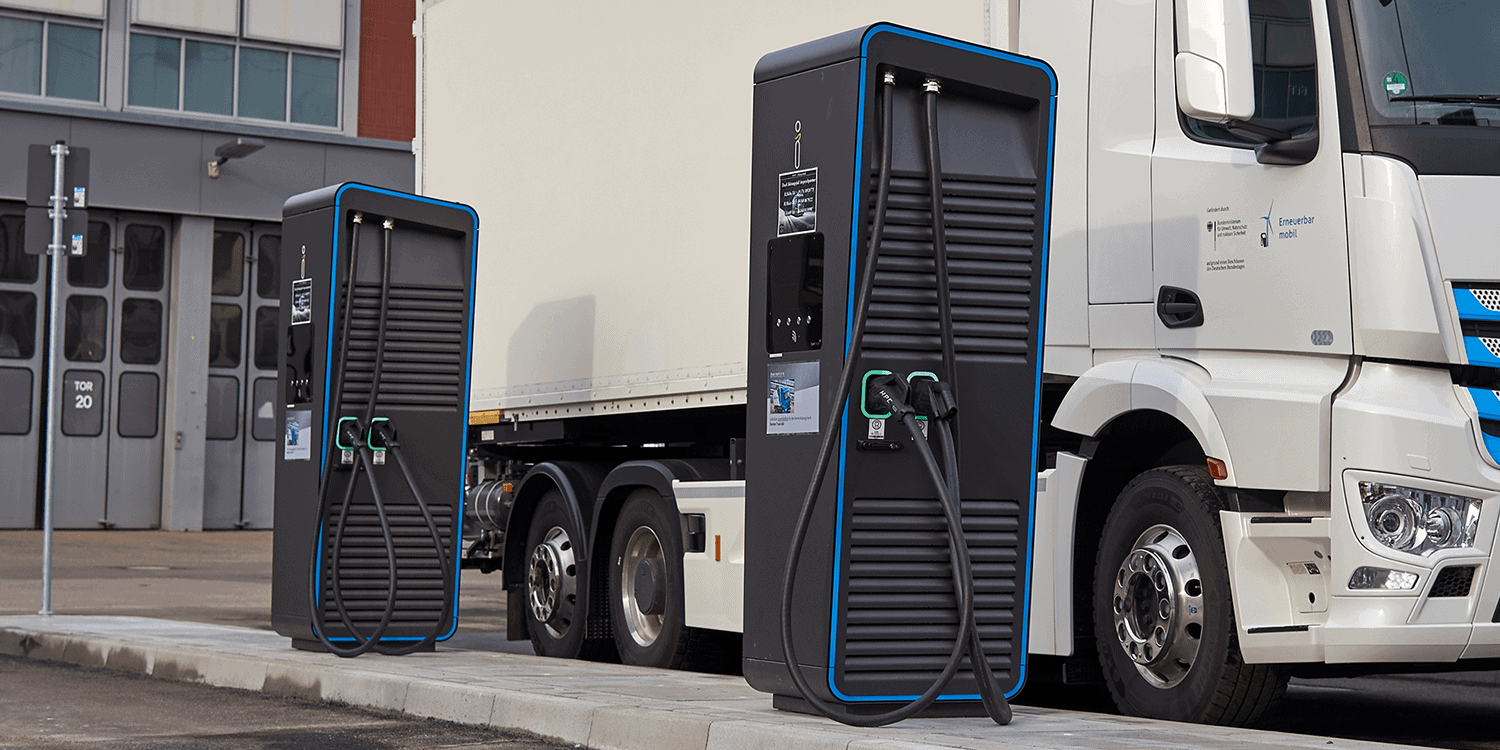
The European parliament is backing electric car charging targets and if accepted would ensure electric drivers can publicly re-charge in every corner of Europe by 2025 at the latest. Green group Transport & Environment welcomed the move for the progression of the alternative infrastructure regulation to require charging hubs every 60km along major roads and comprehensive coverage on minor roads, towns and cities.
From this latest decision drivers could expect to easily find charging in central and eastern Europe as the Parliament wants higher charger-per-vehicles targets for countries with low electric vehicle take-up. In more mature EV markets, countries would be required to provide 1kW of charging per battery electric vehicle on the road. This very easily allows the European government the flexibility to decide if more fast chargers or slow charging stations will meet the needs of their road users.
From Transport and Environment, Fabian Sperka the vehicles policy manager commented on the latest development by saying; “For years anxiety over infrastructure has held back the electrification of road transport. This law should calm any fears and ensure that charging will always keep pace with EVs on the road.”
These proposed changes will also positively affect the road freight market around Europe. Electric trucks will now have plenty of public charge points under the Parliament’s proposed targets. All EU countries would be required to have a 2,000kW charging capacity along the bloc’s main transport routes in 2025, rising to 5,000kW in 2030. From 2030 onwards the targets will apply to the entire Trans-European transport network.
By 2027 the EU Parliament is looking to introduce hydrogen truck refuelling infrastructure every 100km along the network. Fabian Sperka went on to comment the below;
“Everyone from manufacturers to hauliers says zero emissions trucks need charging infrastructure to flourish. MEPs are heeding their call by backing targets for a comprehensive network of re-charging stations.”
These types of changes have a positive impact on the environment and are the first step to a cleaner future in freight transportation.